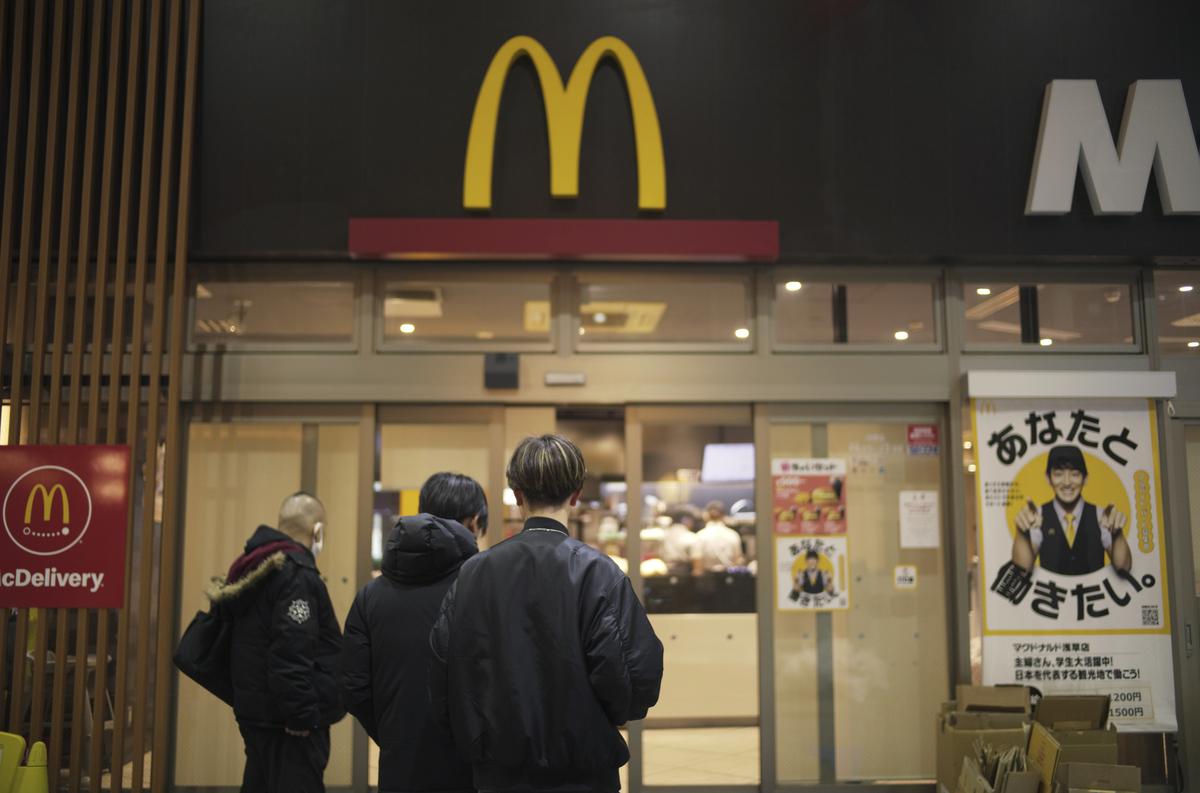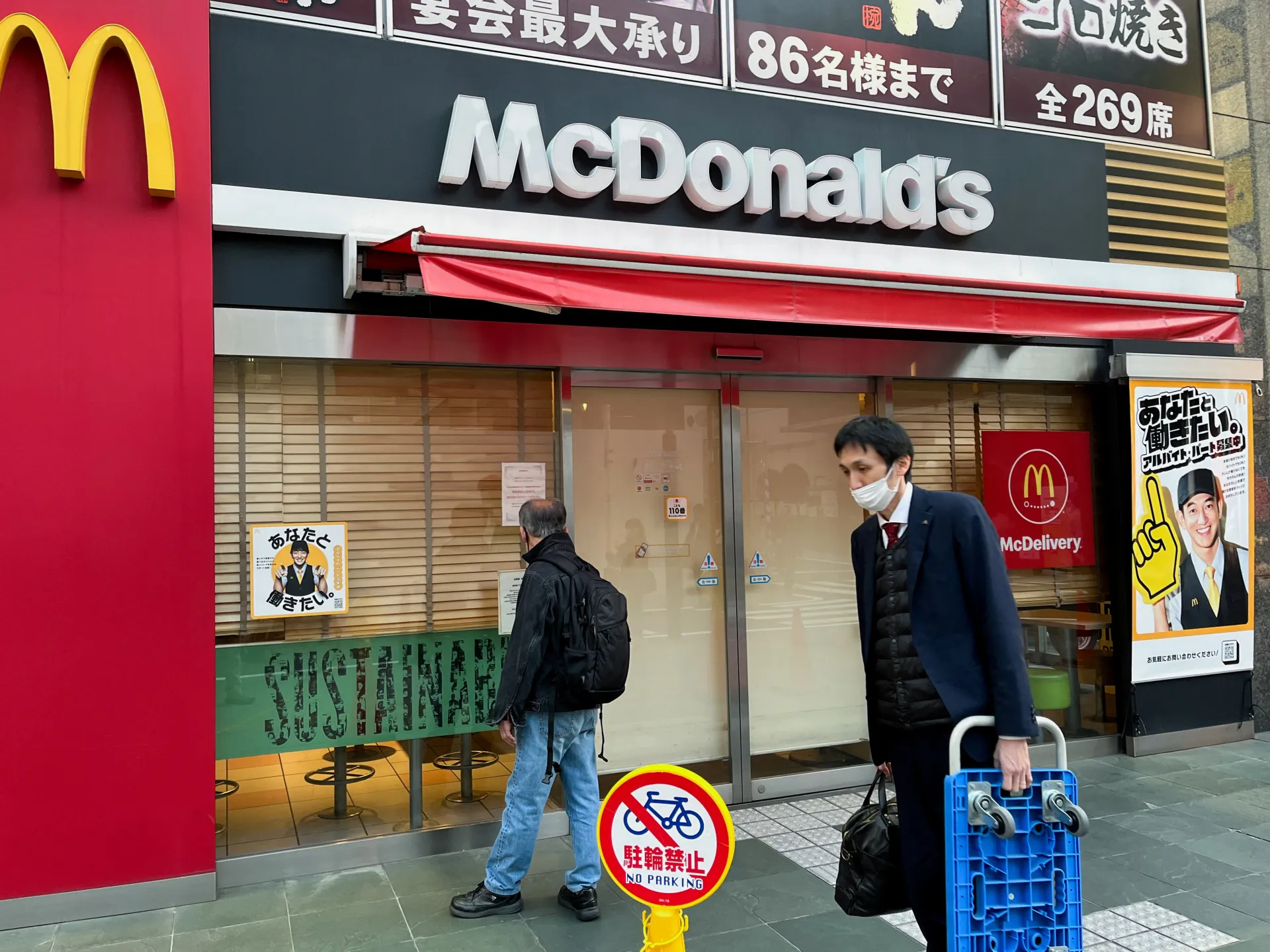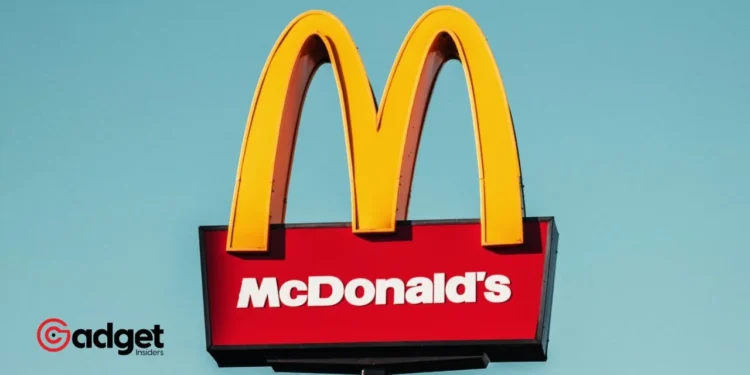In an unexpected turn of events that left fast food enthusiasts and the morning rush crowd in a lurch, McDonald’s faced a technical hiccup that rippled across continents, affecting stores from the UK to Australia, and stretching to Japan. The incident, which unfolded in the early hours of Friday, was not your typical cyber skirmish but a global outage sparked by a third-party provider during what was meant to be a routine configuration change.
This digital hiccup brought sales to a halt, leaving customers bewildered and the golden arches momentarily dimmed.

The Cause and Effect of Digital Reliance
McDonald’s, a name synonymous with quick service and a global presence, found itself grappling with the vulnerabilities of digital dependence. Brian Rice, the Chief Information Officer of McDonald’s, was quick to clarify that the outage was not the result of a cybersecurity breach but rather a glitch courtesy of a third-party provider.
“The global technology system outage was quickly identified and corrected,” Rice stated, emphasizing the incident as an exception rather than the norm. Yet, the occurrence sheds light on the intricate web of digital services that even food industry giants rely on.
McDonald's blames global outage on third party https://t.co/C0u4Em5oT2
— BBC News (World) (@BBCWorld) March 15, 2024
The Ripple Across Continents
The disruption was felt most acutely in the UK, Australia, and Japan, where stores were either forced to close or turn away customers due to the inability to process orders. In the Midlands, franchise owner Sarah McLean recounted the early morning chaos that affected all of her 21 branches, albeit for a short span of about an hour and a half.
Meanwhile, social media platforms buzzed with confusion and frustration from customers caught off guard by the unexpected closures and app malfunctions.
Downdetector noted a significant spike in issues with the McDonald’s UK app around 05:00 GMT, signaling the start of a hectic day for both customers and staff. Reports of similar disruptions emerged from New Zealand, Austria, and Germany, painting a picture of a widespread technical snafu that transcended borders.
McDonald’s: The Fast Food Giant’s Swift Recovery
Despite the initial turmoil, McDonald’s demonstrated resilience and a commitment to service continuity. By the afternoon, reports started filtering in of stores resuming operations, with McDonald’s Australia announcing a return to normalcy and extending gratitude towards customers and staff for their patience.
The narrative was similar in Japan, where operations began to stabilize, and in New Zealand, where customers experienced firsthand the fragility of a globally interconnected service system.

Lessons from the Fryer
This incident serves as a poignant reminder of the double-edged sword that is technological advancement. While digital systems facilitate operational efficiency and global reach, they also expose businesses to vulnerabilities that can have immediate and wide-reaching impacts.
For McDonald’s, a brand with approximately 40,000 restaurants worldwide, the outage was a stark illustration of the challenges and responsibilities that come with maintaining a digital-first customer interface.
In the aftermath, McDonald’s commitment to rectifying the issue and preventing future occurrences is clear. Yet, the episode leaves a lingering question about the balance between technological reliance and operational resilience.
As the world becomes increasingly digitized, the Golden Arches’ brief pause is a timely reflection on the need for robust digital infrastructure and contingency planning, ensuring that when the next glitch arrives, it finds us ready at the counter, and not in the queue.









